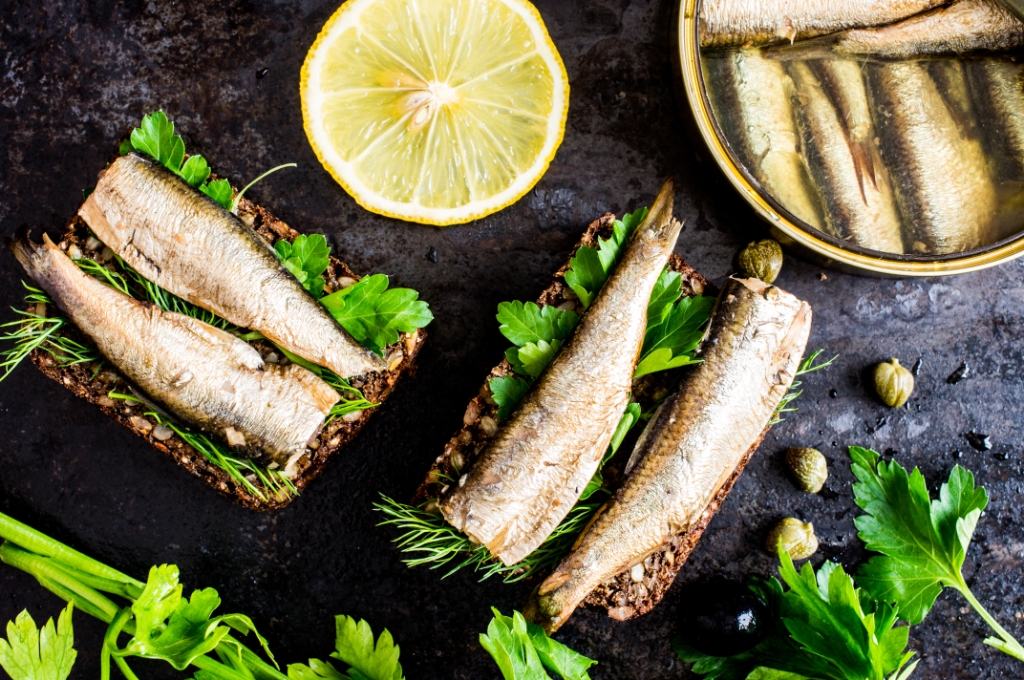“I’m not a big fan of dairy. How am I supposed to get enough calcium without it?”
Have this thought ever crossed your mind? In fact, many who can’t take dairy or choose to strictly avoid dairy due to ethical and cultural beliefs can get their calcium requirements met without relying on dairy.
Here’s a list of food that you can include in your diet if you’re hoping to step up your calcium game.
Before that, let’s learn about what calcium does to our body.
Role of calcium
Calcium is a mineral that helps the body to build strong bones and teeth. It is the major component that contributes to the structure and strength of our bones.
As we age, our calcium absorption becomes less efficient and higher risk arise for bone diseases due to having weak bones. Other than that, calcium also serves the function of:
- Sending and receiving nerve signals
- Releasing hormone & enzymes
- Mobility of muscles
- Improving blood circulation throughout the body
Foods High in Calcium
Almonds

Do not underestimate the nutrients in these little nuts. Well, an ounce of almonds provide 75 mg of calcium which translates to 7.5% of the RNI. They also supply a solid amount of vitamin E, manganese and magnesium. Almond makes a great ingredient in baked goods and it is also a nutritious snack when eaten raw.
Sardine

Some people are sceptical about the bones in sardines but these bones are softened during processing and they are completely safe to be consumed. A 3-ounce serving of sardines gives 325 mg of calcium, fulfilling 32.5% of the RNI. Despite commonly marketed as a canned food, sardines can be easily turned into a simple protein dish which also gives you a boost of omega-3 fatty acids.
Tofu

Another great source of calcium would be tofu. Half a cup of tofu typical provides 20 mg calcium, whereas a fortified tofu with the same amount can provide approximately 430 mg calcium which is about 43% of the RNI. Even without fortification, tofu is nutrient-dense and also an excellent source of protein. It helps to prevent against cancer and heart diseases with the protective effect of soy isoflavones.
Green leafy vegetables

Not only are they known for their high fibre content, but leafy vegetables are also packed with vitamins and minerals. Collards, spinach and bok choy are some of the promising options to satisfy your calcium needs. A half-cup serving of the aforementioned will be able to give you around 100-135 mg of calcium that is more than 10% of the RNI.
Fortified food

Cereals and plant-based milk are often fortified with calcium to enhance its nutritional value. In general, fortified cereals contain more than 200 mg of calcium in just half a cup which is equivalent to 20% of the RNI. Fortified foods may pack a nutritional punch but it is not a solution for all. They act as good add-ons but you should still follow an adequate and balanced diet on top of it.
Calcium deficiency
Calcium is one of the major minerals that allows the body to perform its functions. Therefore, the inability to provide it with sufficient calcium are bound to experience a higher degree of risk for diseases such as:
- Hypocalcaemia (calcium deficiency disease)
- Osteoporosis
- Osteopenia

Calcium toxicity
The recommended daily intake of calcium for the average adult ranges from 1,000 mg to 1,200 mg. However, having too much calcium doesn’t do you any good as it can lead to a condition known as Hypercalcemia which is associated with several complications:
- Constipation
- Increased risk for kidney stones
- Abnormal heartbeat
- Confusion
- Memory loss
Calcium for lactose intolerance
Although milk is off limits to those who are suffering from lactose intolerance, certain dairy products like ripened cheese and yogurt are still acceptable. These products contain bacterial cultures, which allows the intestine to digest lactose better. Needless to say, there are many non-dairy options for calcium available.











